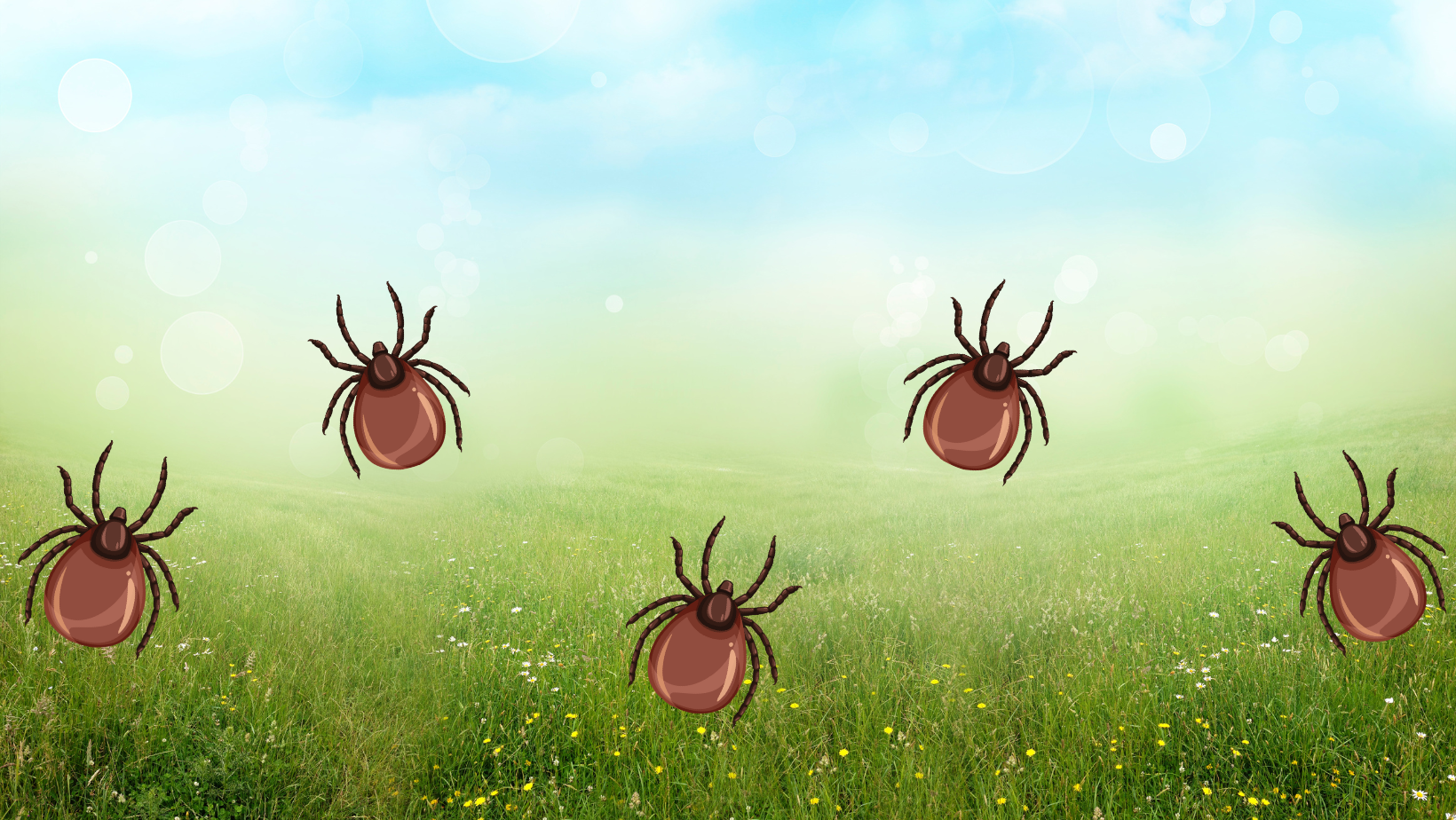

As spring approaches, the warming weather brings about more than just blooming flowers and longer days. It also signals the early arrival of an unwelcome guest: ticks. From Ohio to New Hampshire, Minnesota to New York, and beyond, reports are pouring in of tick sightings much earlier than expected. This shift in tick activity is not merely a coincidence but a direct consequence of climate change and global warming.
According to Diane Caporale, Professor Emeritus at the University of Wisconsin-Stevens Point (UWSP), the survival of ticks through milder winters is a key factor contributing to their early emergence. “If ticks can survive through the winter, then there’s going to be more females that lay eggs in the spring and those eggs, if they survive because of the mild temperatures, it’ll increase the population dramatically,” explains Caporale. This phenomenon underscores the urgent need to address the impacts of climate change on public health.
Rafal Tokarz, an epidemiologist, further emphasizes this point by highlighting the changing patterns of winter weather. “Winters used to be consistently cold, but now there are stretches of abnormally warm weather,” says Tokarz. These warmer spells provide ideal conditions for ticks to emerge more frequently, posing a significant threat to both humans and pets alike.
The National Climate Assessment report reinforces these observations, predicting warmer temperatures across most of the United States. As a result, adult ticks are finding hosts even in the winter months, increasing the risk of tick-borne diseases such as Lyme disease. Climate change allows ticks carrying Lyme disease to persist through winter and become more active during March and April, catching many off guard.
While Lyme disease remains a primary concern, other tick-borne illnesses, including Rocky Mountain spotted fever from lone star ticks and dog ticks, are also on the rise. The prevalence of these diseases underscores the importance of year-round vigilance and preventative measures.
Ticks possess remarkable resilience, capable of surviving freezing temperatures and dry conditions. They often lurk beneath leaf litter, making them difficult to detect and control. This resilience complicates prevention efforts, highlighting the need for comprehensive strategies to combat tick-borne illnesses.
The consequences of tick-borne diseases extend beyond physical health, impacting individuals’ quality of life and placing a burden on healthcare systems. Emergency room visits for tick bites have surged, particularly in the Northeastern United States, where milder winters are becoming increasingly common.
As temperatures continue to rise and climate patterns shift, the threat posed by ticks will only intensify. It is imperative that communities take proactive measures to mitigate the spread of tick-borne illnesses. This includes raising awareness about the risks associated with ticks, implementing effective prevention strategies, and supporting research efforts to better understand and address this growing public health challenge.
While Lyme disease cases are frequently reported in spring and summer, the reality is that ticks are active year-round. By remaining vigilant and taking precautions, individuals can minimize their risk of encountering ticks and the diseases they carry. Together, we can confront the ticking time bomb of tick-borne illnesses and safeguard the health and well-being of our communities.